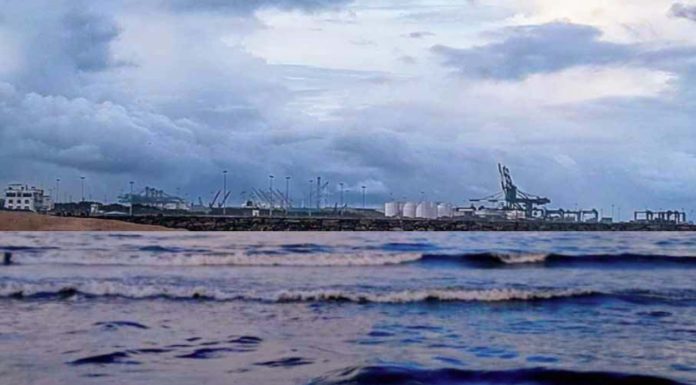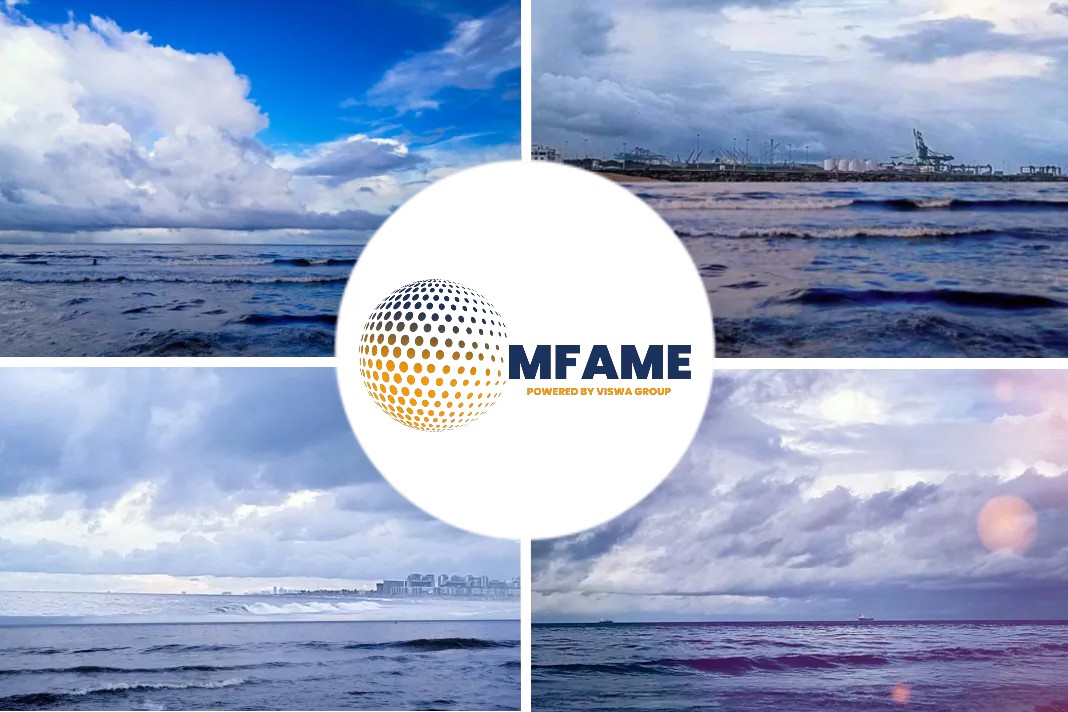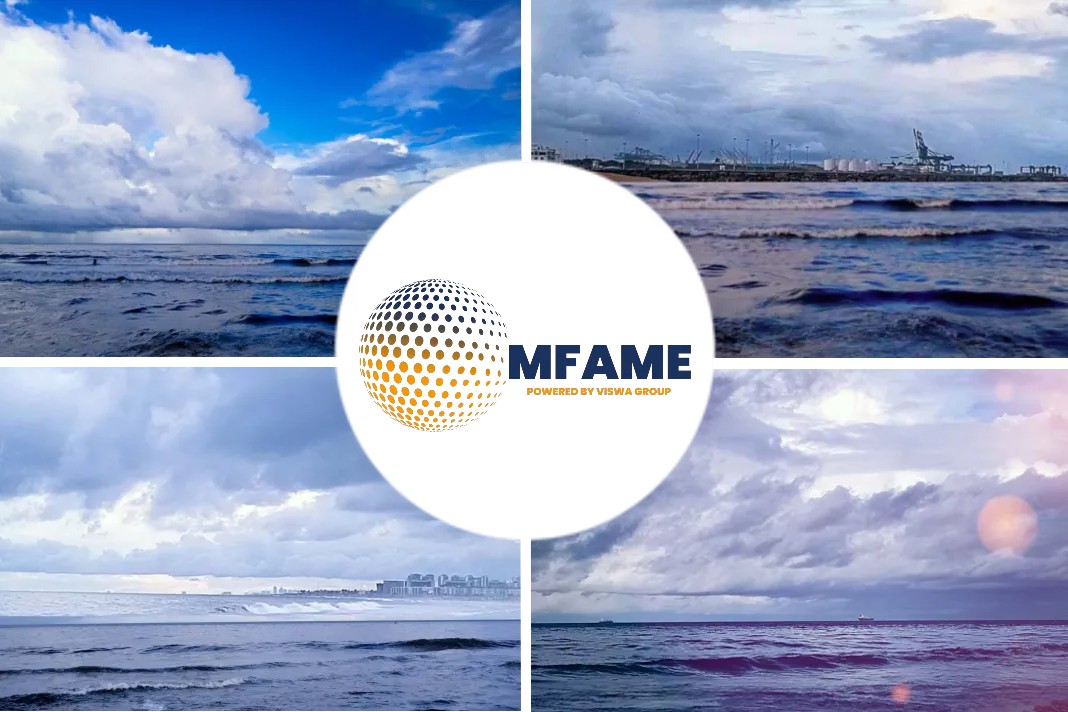In a major development, Maersk Line has announced that they will only charge for the “extra cost of compliance” as the carrier introduces new IMO 2020 low-sulfur fuels in the coming months, reports Freight Waves
Charge Complexity Baffles Shippers
As reported by FreightWaves, shippers and forwarders have expressed dismay about the complexity of the charges being levied by some container lines as they phase in new low-sulfur bunker fuels ahead of the Jan. 1 International Maritime Organization deadline.
Shippers have also complained about a lack of transparency, suspecting that some container lines will use the introduction of the new fuels to bolster profits.
Maersk Focused on Recovering Costs?
However, Silvia Ding, global head of ocean products for A.P. Møller – Maersk, told FreightWaves that while customers should expect to pay more due to the higher pricing of IMO 2020-compliant low-sulfur fuels, Maersk was only focused on recovering costs.
“Low-sulfur fuels are significantly more expensive,” she said. “As multiple industry reports have stated, being in a low-margin industry carriers cannot shoulder the cost alone; it must be passed on through the supply chain.”
Bunker Adjustments
Maersk will adjust its bunker adjustment factors (BAF) based on the price of low-sulfur fuels from Jan. 1 for long-term contracts of more than three months. For spot business and shorter contracts of less than three months, it is introducing on Dec. 1 an environmental fuel fee (EFF), a mechanism designed to recover the extra costs of the more expensive IMO 2020-compliant fuel.
“Our efforts for long-term BAFs and short-term EFFs focus on recovering the extra cost of compliance and are based on principles of simplicity and predictability for our customers to be able to plan their supply chains,” said Ding.
Extra Costs and Fuel Shortage Issues
Unless some form of emission abatement technology such as scrubbers has been installed on vessels, the new IMO regulations mandate that the sulfur content of fuel oil used by ships operating outside designated emission control areas must not exceed 0.5%, compared to 3.5% now.
Drewry Shipping Consultants now estimates box shipping lines will be faced with an additional $11 billion fuel bill next year due to the switch to low-sulfur fuel oil, although the recent drone attacks on Saudi oil facilities have muddied estimates by adding to oil price volatility.
Shipping bodies also believe there could be fuel shortages and discrepancies in standards.
How Will Maersk Address These Issues?
Ding admitted the introduction of low-sulfur fuels could see some fuel supply issues in the early weeks of next year. “We see sufficient availability of compliant fuels; however, we expect increased instances where ports in some confined areas see a limited supply of 0.5 compliant fuels,” she added.
“In such cases we would rely on more expensive 0.1 marine gas oil to get to the next port with 0.5% fuel oil availability. This adds cost and complexity and we expect it to happen more frequently in the transition period around 1 January 2020 than later in 2020 where supply and demand is expected to balance out,” Ding said.
Compliant Fuel Logistics Partnership for Storage
The carrier has established joint initiatives with Vopak, Koole and PBF Logistics for 0.5% compliant fuel storage and processing facilities in Rotterdam in the Netherlands and New Jersey in the United States.
“The fuel manufacturing process allows Maersk to produce compatible low-sulfur fuels that complies with the IMO 2020 sulfur cap implementation, reducing the need to rely on 0.1% price-based gasoil and fuel oil outside the ECA zones,” said Ding. “This will be an important driver in ensuring stable, reliable services for Maersk’s customers during a potentially volatile period for global shipping.”
Did you subscribe to our daily newsletter?
It’s Free! Click here to Subscribe!
Source: Freight Waves















